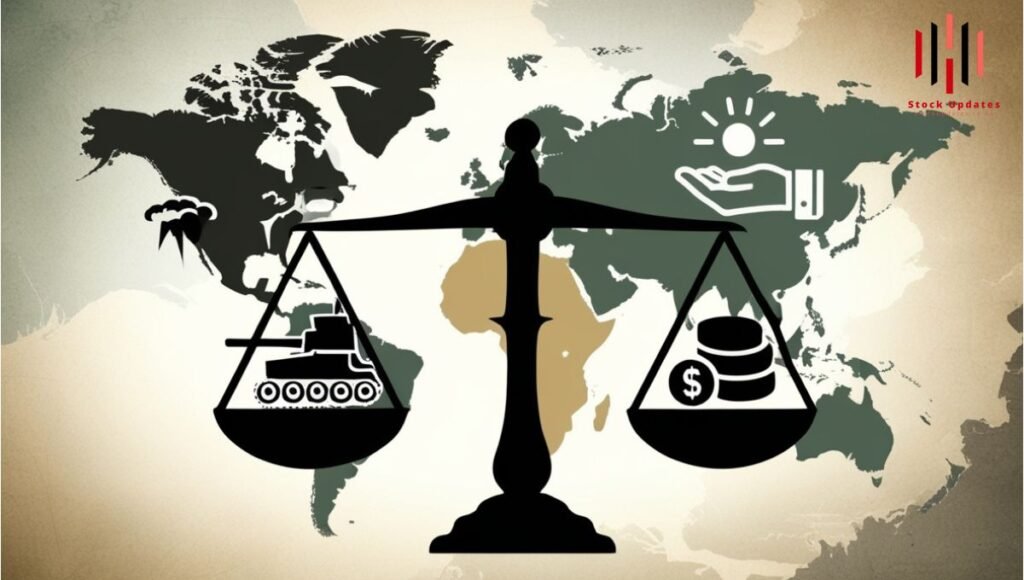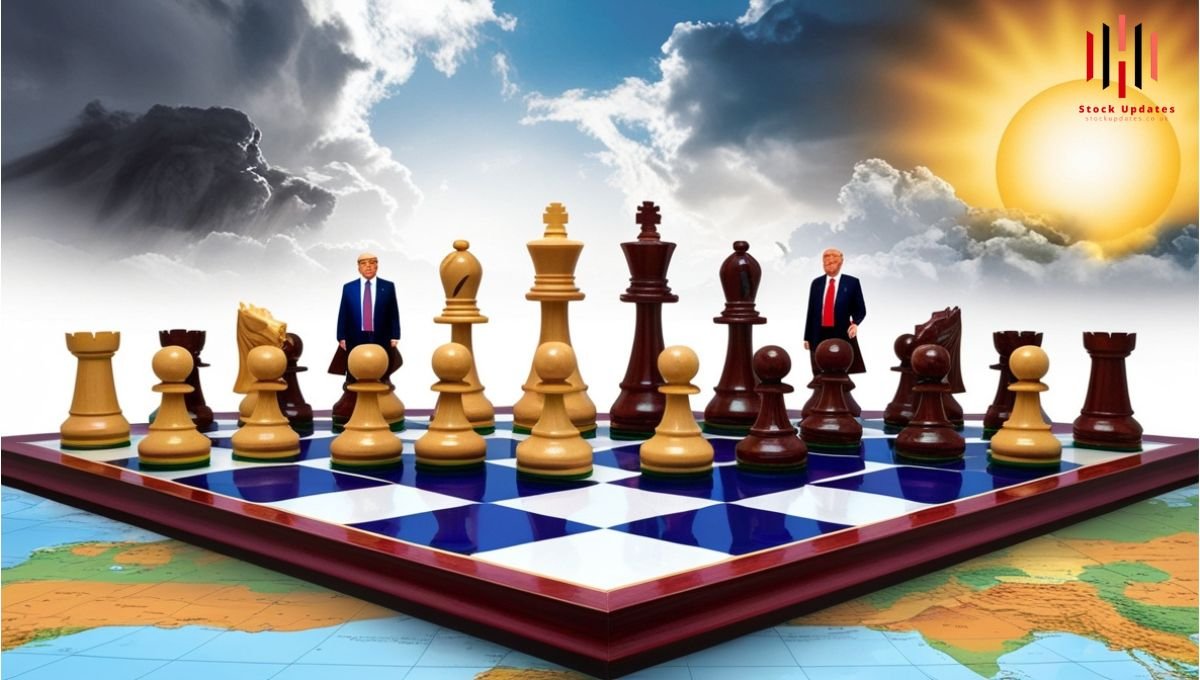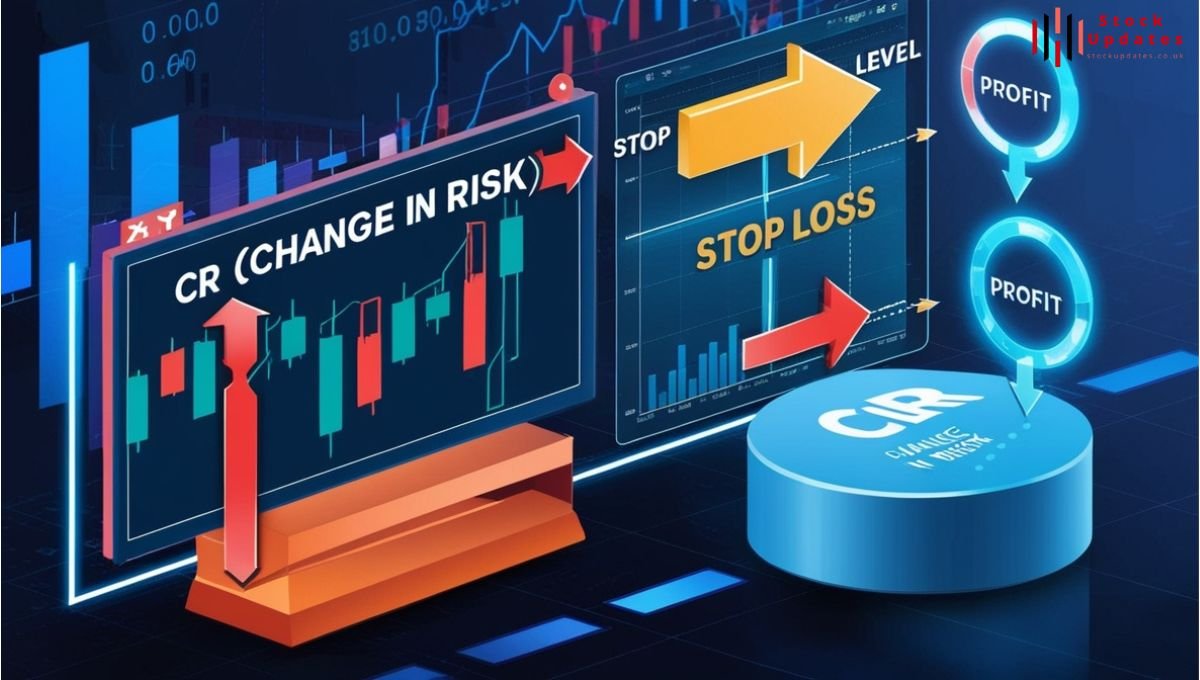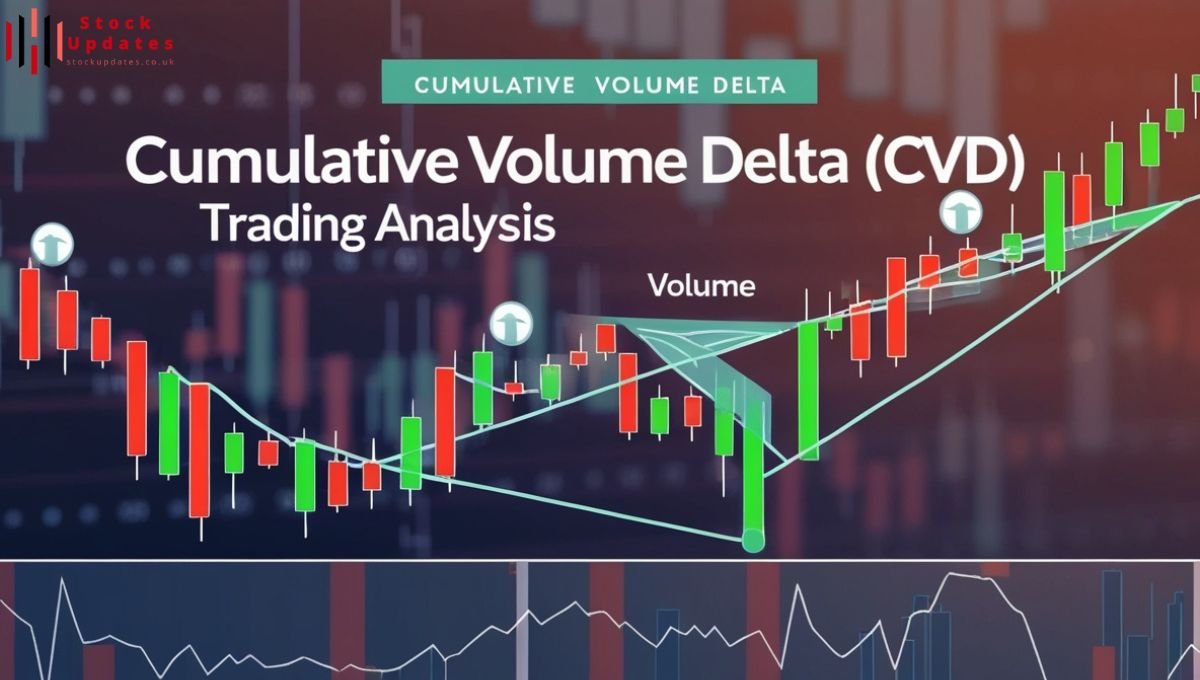Risk Retern Trade off Internatinla Polticis
Introduction
The principle of Risk Retern Trade off Internatinla Polticis correlation is typical for the sphere of the financial activity, and it can also be applied in international politics. Countries, like investor do balance risk and return as far as its foreign policies, allies, partnerships or interferences are concerned. Its imperative that this tradeoff has to occur based on various factors such as geopolitical stability or economic self interest and if any cultural factors that may influence this trade-off must be taken into account. An understanding of this framework helps unravel the actions that countries undertake in an increasingly complex environment.
Risk Return Framework in International Relations
1. Risk
International politics expounds several Risk Retern Trade off Internatinla Polticis. They include political instability, economic sanctions, diplomatic repercussions and military commotions. For instance, declaring a military intervention entails high risks—concessions losses, going for a financial dip and global backlash.
2. Return
In this context returns are thought of in terms of political power, economic gains, security guarantees or to spread an ideology. A good trade often leads to economic gain, while an effective military installations increases a country’s protection as well as power.
Risk Return Trade off: Actual Examples from History

1. The Cold War (1947–1991)
The United States and the Soviet Union practised a high stakes/high gains political competition. These were costly and very risky involving arms race and proxy wars that could have easily plunging the world. However, their returns included spheres of influence and, over substantial portions of the global population, the privilege of shaping their perceptions.
2. China’s ‘One Belt, One Road’ popularly known as OBOR
China’s BRI is a Risk Retern Trade off Internatinla Polticis calculation with the global world or other regions of interest This is because China has released a lithium supply strategy that shows medium to long-term goals in the sector. Although bring about huge stakes in infrastructure projects in Asia, Africa and Europe often exposing loan defaults as well as political unrest, huge profits in trading power and geopolitical influence are expected.
Analyzing Current Trends
1. Climate Agreements
- Risk: Social losses of utilizing renewable resources for energy production.
- Return: Reducing the effects of global warming and spreading good will across the globe.
2. Technology and cyber security alliances
It is about technology and cyber security alliances such as Egor and F5 networks alliances or Juniper and we infected networks alliance and among others.
- Risk: Transferring ownership informations, patents, know-how, proprietary information and technologies to partners.
- Return: Secure interfaces, and advanced technologies.
3. Economic Sanctions
- Risk: Gazings of revenge from enforced nations.
- Return: There are two approaches when it comes to choosing a model of development for the country – strategic leverage and political pressure.
Risk-Return Analysis of Key Geopolitical Strategies
| Strategy | Risk | Return |
| Military Interventions | High casualties, economic strain, global criticism | Increased security, geopolitical influence |
| Economic Sanctions | Retaliatory measures, economic loss | Political leverage, weakened adversaries |
| Trade Agreements | Market dependencies, domestic backlash | Economic growth, strengthened alliances |
| Climate Commitments | High implementation costs, short-term economic strain | Long-term sustainability, global cooperation |
| Diplomatic Alliances | Compromise on policies, loss of sovereignty | Shared resources, collective security |
What is Risk and Return Trade-off?
According to financial theory higher risks are directly connected to higher potential returns. People making investment choices need to find right proportions of promising returns against their willingness to take risks. Returns on low-risk investments such as government bonds tend to be lower yet high-risk investments which include stocks as well as cryptocurrencies present bigger returns but elevate the chance of financial loss. Acquiring knowledge about risk versus reward allows investors to build investment decisions that match the exact balance of risk tolerance against their financial targets and investment duration. Effective risk management happens through combination of diversification and appropriate asset allocation strategies.
Challenges in Balancing Risks and Returns

1. Uncertainty in Outcomes
Due to the unstable nature of political events returns can hardly be predicted. For example, Arab Spring brought some unpredictable changes in regimes bringing insecurity in that region.
2. Long-term vs. Short-term Gains
Politicians regularly include choices that bring them early political gains but which imply late costs.
3. Public Perception
National governments have to reconcile global venture with local approval. Unadvised risk takers like going to war tends to diminish the citizens’ standing.
Case Study: The Russia-Ukraine Conflict
Russia’s decision to invade Ukraine demonstrates a stark example of the Risk Retern Trade off Internatinla Polticis in international politics:
Risk
- Severe economic sanctions.
- International isolation.
- Prolonged conflict with unpredictable outcomes.
Return (anticipated)
- Expansion of territorial influence.
- Control over strategic regions.
- Assertion of power on the global stage.
The emerging crisis shows how the flip side of this bargain can be costly for the party that gets outplayed, in this case, an amalgamated NATO and Russian economic losses.
Conclusion
The danger/return relation in foreign policy entails the countries working with prudence to balances potential gains with associated losses. The case implies that global expansion is not Risk Retern Trade off Internatinla Polticis and innovative planning and efficient execution of strategies can lead to maximum gains as well as minimum losses. Where Integrated economy and collective issues are more complex and growing rapidly it is more important to keep the balance right in order to perform successfully on the Global platform.
Read more about Trade and other categories at stock updates.
























Post Comment